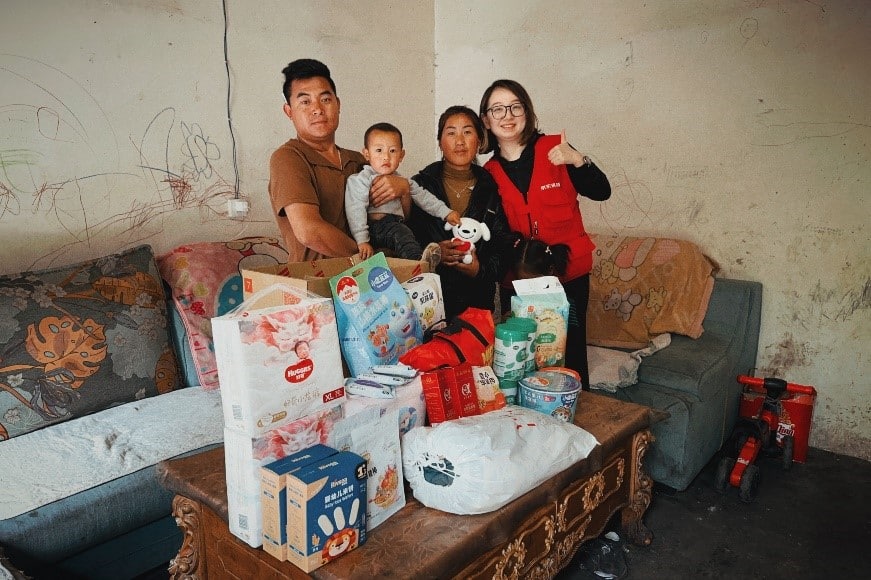Aug 26, 2020|
JD Data: Consumers Wholeheartedly Embrace Chinese Valentine’s Day “Qixi”
by Ella Kidron
As 2020 has been anything but an ordinary year, the data indicates that some consumers are making up for lackluster Valentine’s Day (February 14th) and “520”, Chinese Internet Valentine’s Day held on May 20th celebrations under COVID-19 with this year’s Qixi Festival. During the week of Qixi (July 7th on the lunar calendar, falls on August 25th this year), the frequency of valentine’s gift-related search keywords increased 280%, of which “gift”, “chocolate” and “gift girlfriend/boyfriend” were among the most popular.
According to the data, ahead of Qixi, home goods, outdoor and luxury products, among other categories saw sales increase by about 20-30%. Jewelry and handbags were among the most popular imported products. According to data released by JD’s Home & Life business group (which includes fashion, beauty, home and other categories), the number of users in the ’85-’95 age group increased significantly compared with last year and was about 20% higher than the JD.com platform average.
Ahead of Qixi chocolate and candy grew around 30%. Mid-to-high end cosmetics products have proved to be very popular in the lower tier cities. Furthermore, as a traditional Chinese holiday, gifts with traditional Chinese characteristics are also popular. Sales of traditional Chinese jadeite jewelry (翡翠类珠宝) increased 53% YOY. Investment in precious metals has become popular with consumers this year, also growing well during Valentine’s Day and 520. Ahead of this year’s Qixi Festival, investment-grade gold and silver rose 148% compared with the week before Qixi last year.
According to data from JD’s Yihaodian (No.1 Store) membership store, on the eve of Qixi, red wine and imported steak were on the rise, perhaps suggesting that more people are opting to prepare a romantic candlelight dinner for their loved ones rather than go out.
In top-tier cities, Qixi consumption is led by females in middle-to-high income families and strong spending power. On the whole, the most spending on the festival came from first-tier cities in China, namely Shanghai, Beijing, Shenzhen and Guangzhou.
Some say it would not be a proper Valentine’s Day without fresh flowers, and the data seems to indicate as such. On JD 70% of fresh flowers were bought by men, mainly in the ’85-’95 generation. However, the proportion of women buying fresh flowers in this age group was 40% higher than the platform average, indicating boldness or a break from tradition in younger women.
Despite the lift of lockdowns, this year seems to have more long-distance lovers enjoying Qixi. The week before Qixi, the number of intercity orders for flowers across the country rose 33% YOY. Guangdong, Beijing, Jiangsu, Shanghai and Hebei led in placing intercity orders, while Hainan, Gansu, Shaanxi, Guangxi and Hebei led in receiving of such orders.




 JD Helps 28-Year-Couple Realize Proposal Dreams on Chinese Valentine’s Day
JD Helps 28-Year-Couple Realize Proposal Dreams on Chinese Valentine’s Day



